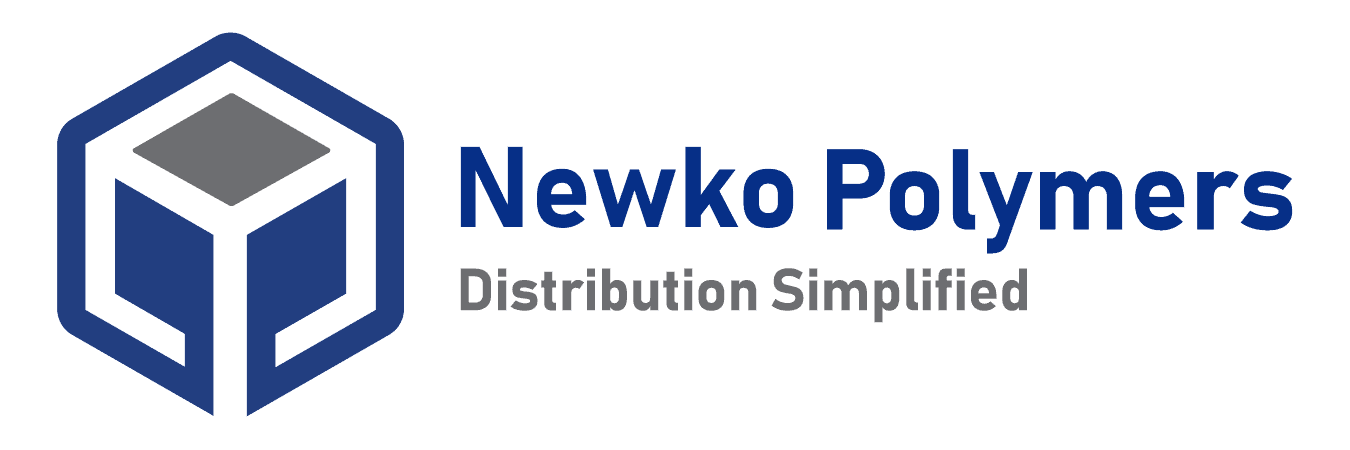Polystyrene (PS)
Polystyrene (PS) is a widely used thermoplastic polymer known for its rigidity, ease of processing, and cost-effectiveness. Available in two primary grades — HIPS (High Impact Polystyrene) and GPPS (General Purpose Polystyrene) — each grade provides distinct properties suited to different applications. GPPS is known for its clarity and rigidity, while HIPS offers improved impact resistance, making both types versatile choices for a variety of industries such as packaging, consumer goods, and construction.
Types of Polystyrene
General Purpose Polystyrene (GPPS)
GPPS is a crystal-clear, rigid plastic with excellent dimensional stability. It is best suited for applications requiring clarity and high rigidity, but it has lower impact resistance compared to HIPS.
Key Properties:
- High clarity and transparency.
- Good dimensional stability and rigidity.
- Easy to mold and process.
- Low impact strength compared to HIPS.
Applications:
- Packaging: Commonly used in clear containers, lids, and disposable cutlery where visibility is important.
- Consumer Goods: Ideal for CD cases, plastic cups, and cosmetic packaging.
- Medical: Used in diagnostic and disposable medical products due to its transparency.
- Construction: Applied in lighting fixtures and building materials that require rigidity.
High Impact Polystyrene (HIPS)
HIPS is a versatile, toughened version of polystyrene. It is created by blending GPPS with rubber to improve its impact resistance, resulting in a more durable material that maintains ease of processing. HIPS is opaque and can be produced in a wide range of colors.
Key Properties:
- High impact resistance and toughness.
- Easy to process, mold, and thermoform.
- Good dimensional stability with a smooth, matte finish.
- Opaque, but available in a wide range of custom colors.
Applications:
- Packaging: Used in food trays, cups, and yogurt containers that require both toughness and ease of forming.
- Consumer Goods: Ideal for household appliances, toys, and electronics housings due to its durability and strength.
- Automotive: Suitable for interior trim components and lightweight structural parts.
- Displays & Signage: Widely used for point-of-sale displays, signage, and enclosures where impact resistance and a clean finish are essential.
